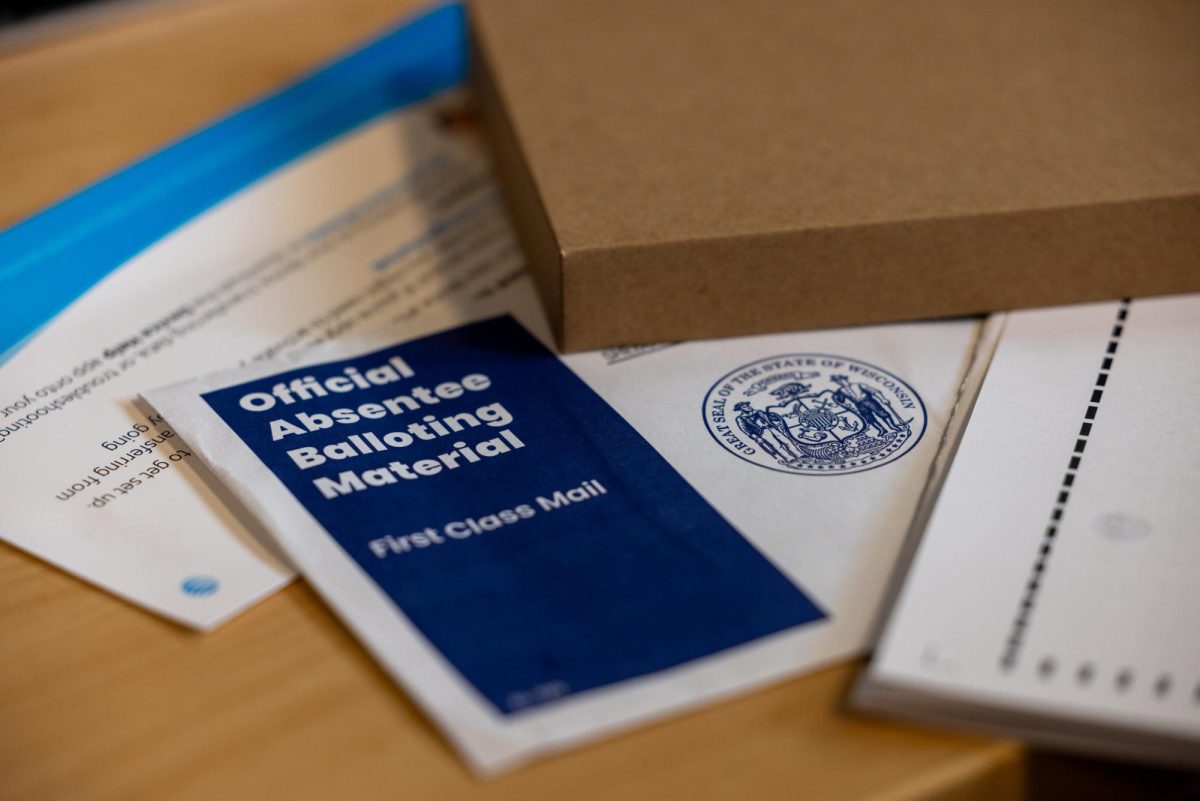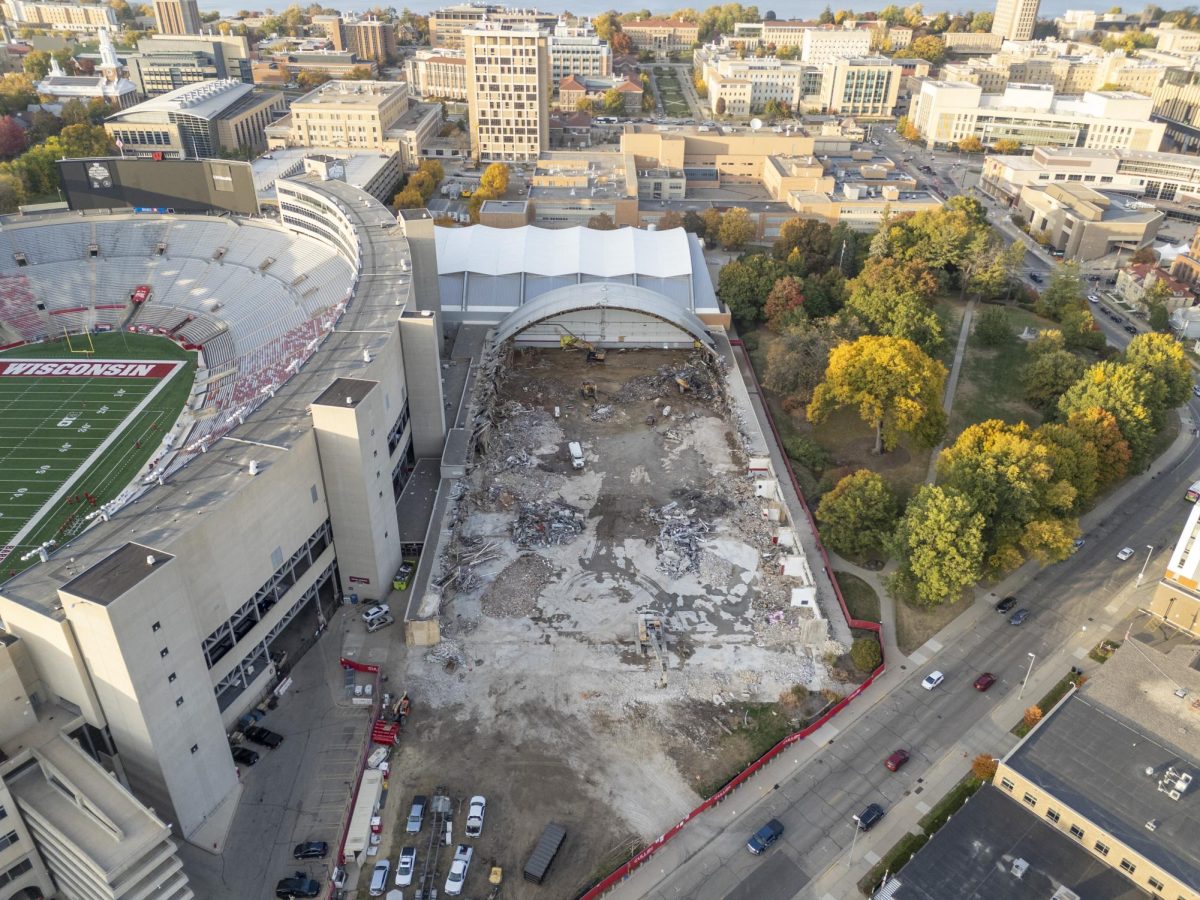[media-credit name=’JEFF SCHORFHEIDE/Herald photo’ align=’alignnone’ width=’648′] [/media-credit]
[/media-credit]
More than 60 residents and a panel of Dane County supervisors discussed Monday problems in the Dane County 911 Center and how to
address issues the center currently faces.
The meeting comes after recently released information that
slain University of Wisconsin junior Brittany Zimmermann placed a call to 911
the day she was murdered but the dispatcher failed to return her
call, breaking center policy.
Some residents expressed concerns about 911 operations policies, from how long dispatchers take to send help to whether residents should call 911 from landlines due to the center’s inability to pinpoint
the origin of cell phone calls.
One Madison resident said she called 911
around 10:30 p.m. a few months ago after hearing a stranger in the parking lot of her apartment
complex. She waited until 11:30 that night but was never contacted by authorities.
She contacted mayoral aides the following morning and later
found out police were not dispatched until an hour after the call had been
placed and arrived at the scene around midnight.
?”I never
received any follow-up from the police district,” she said. “I feel I did not
receive an adequate response.”
The mishandling of the call from Zimmermann’s phone has led
many Dane County residents to question whether dispatchers are overworked,
and one dispatcher, Michelle Nightoak, attended the meeting to clarify some of the attendee’s questions.
According to Nightoak, dispatchers are scheduled to work eight-hour shifts for six days, are allowed two days off and are not permitted
to work more than 14 hours without a break. Still, dispatchers are only
allowed one 15-minute break every four hours with no full-hour lunch breaks
during shifts that could go for so long as 12 hours in a given day, she said.
Nightoak said she would normally work a maximum of 20
overtime hours a month, but has voluntarily worked the same number of hours every
two weeks in the past few weeks.
Chuck Mueller, former Dane County supervisor, said he was
part of a group that created Dane County’s 911 Center in the 1980s, and the problem
comes from the center’s consolidated services, which serve most of the
greater Dane County area.
“The idea
behind 911 is that when you called 911 you’d get the local people that would
respond to the call, not that you would be patched through somewhere,” he said.
Mueller said Madison should have a system similar to Sun
Prairie, which has its local 911 service and only uses the Dane County 911
service in the early hours of the morning, when the center normally receives fewer calls.
With fewer than a dozen 911 dispatchers working at a given
time, Mueller said the 911 Center is not capable of solving all problems at a
county level and should localize services.
Roger Finch, a member of the Dane County Deputy Sheriff’s
Association executive board, said another concern is the existence of “dead
spots,” areas in which communications are restricted due to geographical and
environmental constraints.
Finch, who attended the meeting on behalf of the about 400
members of the sheriff’s association, said certain areas like the Dane County
Regional Airport or sections of Highway 78 are problematic when receiving
information from dispatchers.
These “dead spots” could be caused due to
hills or long distances to communication towers, and Finch said he would like to
see the system unified in one frequency and additional communication towers so information could be more easily relayed to police officers on the field.
Supervisor John Hendrick, District 6, said he is going to
introduce a separate tax lobby for rural area patrol services, which he
said could alleviate some of Dane County’s problems funding 911 services.
The resolution was recommended in 2004 as part of a safety
task force, but has not been formally introduced, Hendrick added.
Police Chief Noble Wray, Dane
County Executive Kathleen Falk, Sheriff David Mahoney and 911 Center Director Joe
Norwick were invited to speak, but were not in attendance.







